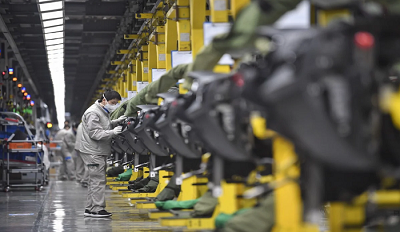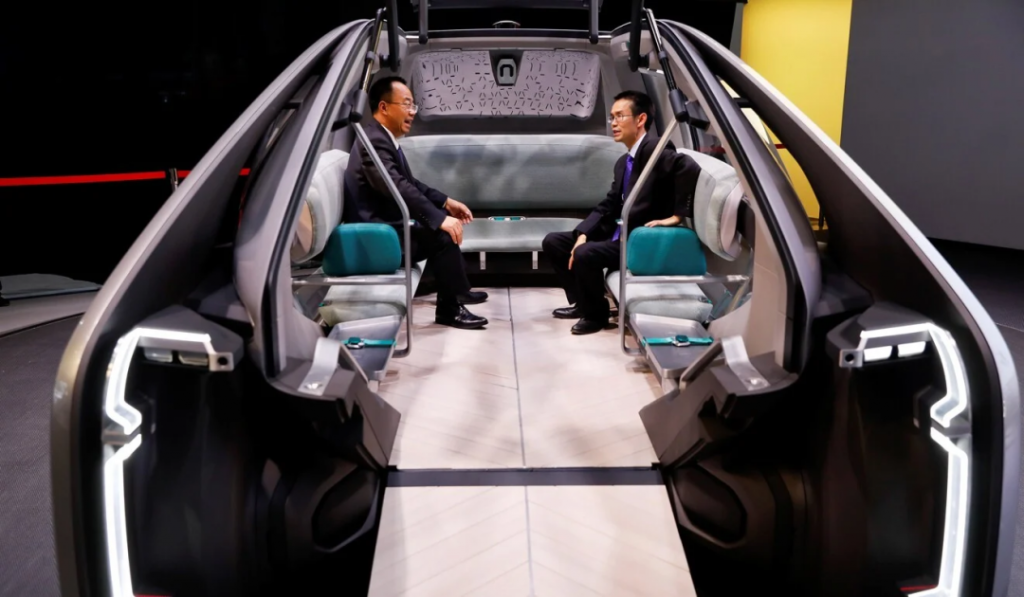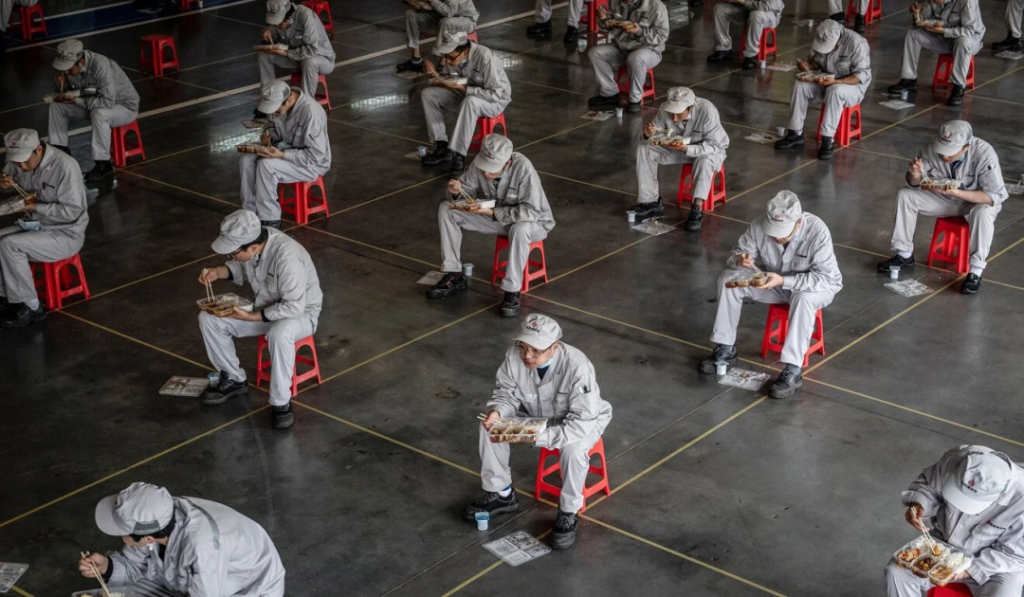
On April 14, French carmaker Renault put the brakes on its loss-making venture with Dongfeng Motor Corporation in Wuhan, transferring full ownership of its Wuhan plant to Dongfeng. Unsurprisingly, this triggered worries that foreign companies are starting to leave China because of the pandemic.
Such anxiety is not new. Ever since the virus outbreak, some pundits have predicted China’s relative decline in a post-pandemic “new world order”. Among them was US Secretary of Commerce Wilbur Ross, who said on January 31 that the virus would “help accelerate” the return of jobs to North America.
In early April, US journalist Daniel Greenfield wrote in an article, titled “Pandemic hardening can make America great”, that Covid-19 would lead to a “re-ruralisation” of the US. Instead of massive malls selling a plethora of “Made in China” goods, smaller businesses would sell products made locally for “a more decentralised shopping experience”.
This applies to sectors like smartphones, consumer electronics and those involving the internet of things and artificial intelligence. While certain forces will indeed pull some of these supply chains away from China after the pandemic, China also enjoys unequalled advantages.
Designing and maintaining this sort of sophisticated supply chain is not a trivial matter. Manufacturers in China, including their supplier clusters, often with local governmental support, have built this system up over several decades.
In our conversations with clients, we found that senior executives of many global multinationals are now focused on ensuring their companies’ operational stability and cash flow sustainability. They have no immediate plans to leave China.
With the emergence of cloud technologies, industrial internet and automation, the future of manufacturing will become more intelligent and distributed, potentially resetting how companies optimise their global manufacturing footprint.
China is likely to remain the core manufacturing hub, or one of the core hubs, for multinationals with the third type of supply chain.
The pandemic has brought numerous challenges for China: a protracted slowdown in the global economy, prevailing anti-China sentiment in the West and the mixing of politics and business. “National security” is now often misused to block Chinese companies from markets and technologies.
China’s manufacturing industry is suffering from core technology bottlenecks, such as in semiconductor chips. The country is currently a key purchaser from US chip makers such as Nvidia, Intel and Qualcomm, contributing a large portion of their total revenues. Nonetheless, China is expected to up the ante in the future to address these bottlenecks.
Despite these challenges, China is heading towards economic recovery, through innovation, investment and consumption. During the pandemic, multinationals’ executives have witnessed China’s governance and crisis management capabilities.
Looking ahead, we will see a surge in demand for digital infrastructure, built using technologies such as cloud services, the internet of things, artificial intelligence, 5G and blockchain technology, as the backbone of China’s next-generation smart cities.
We are unlikely to see a mass exodus of foreign companies from China. Most will carefully evaluate their strategy, both globally and with China at its core. In a new world order, which will combine globalisation with some degree of regionalisation and localisation, as well as some “reshoring”, companies need to adapt strategies and recalibrate global supply chains.
The post-pandemic “new normal” in China will continue to offer multinationals new opportunities in innovation, investment and fresh demand patterns.

